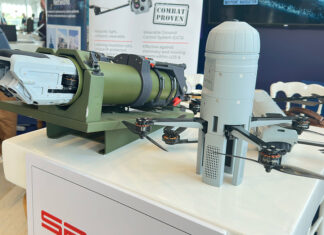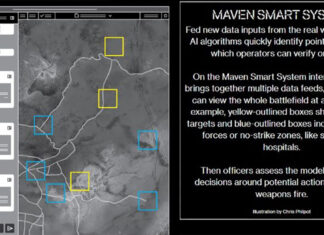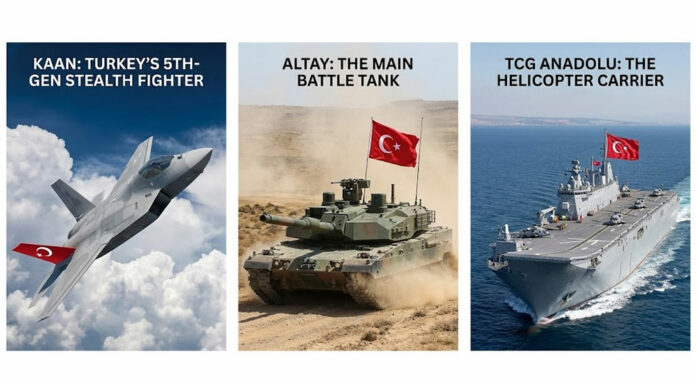Traditionally, land forces combat and service support units rely on voice communications for operations, coordination and control. Units or subunits operating under specific command (such as companies in a battalion) share a common frequency, or – as typical with modern radio systems – a series of frequencies which enable rapid frequency hopping, for improved security, immunity from interference and spectrum utilization. Unlike commercial systems which are based on industry standards, military radios do not have to adhere to standard protocols. Each network can implement the unique technology developed by the manufacturer specifically for its systems, limited only by the distribution of compatible systems. (That’s why when armies decide to replace their combat net radios they have to do it in a relatively short time, to take advantage of the advanced features provided by those systems.) As these radios become more sophisticated, their interconnectivity with external systems is degraded, causing a severe limitation to coalition and joint operations.
Current combat net radios (CNR) are providing voice and data connectivity and form the basic layer for tactical command and control from division to battalion and company level. Modern systems offer sophisticated communications security (encryption) and frequency hopping for efficient spectrum utilization and electronic counter-countermeasures (ECCM). Modern digital radios are most flexible, as voice and data are transferred digitally. Unlike commercial radios, military wireless systems rely on unique voice coding and decoding systems (codec). Digital software defined radios can be programmed to provide backward compatibility with older systems, by defining appropriate waveforms. Digital radios usually support voice and data communications and offer data transfer rates ranging from 19.2 up to 115 kbps. Representative systems of this class are the ITT SINCGARS, Harris RF5800, Tadiran’s CNR-9000, and Thales Communications’ PRG4 or data-driven EPLRS system. Each system has unique features and protocols offering specific advantages but also denies interoperability with other systems. Other radios are designed to operate in the HF band (such as the Harris Falcon and Tadiran HF6000), which is more immune to interference, and enables long range communications. UHF systems are used primarily for very short range communications and ground/air communications. Some systems (primarily manpacks operated by special operations units) are also offering HF/VHF or VHF/UHF (multiband) capability to enabling more flexible utilization of a single package.
- Back to Modern C2 Systems





















